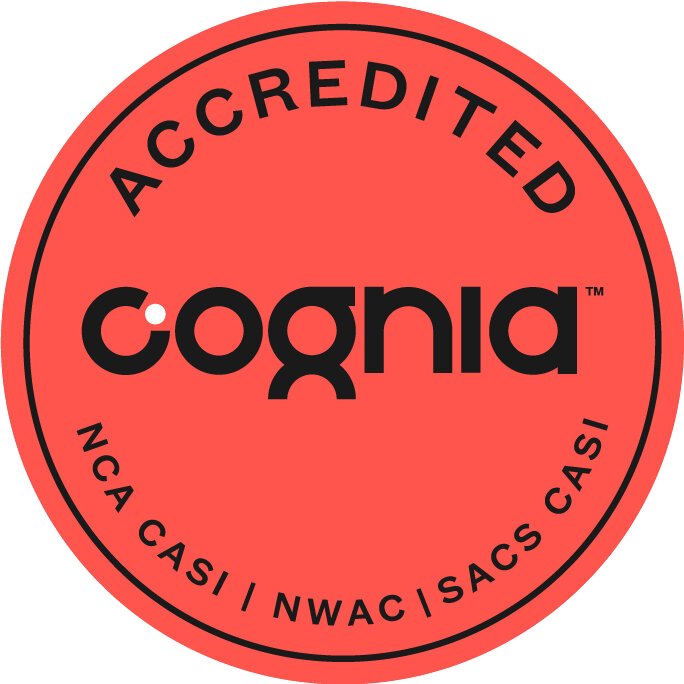Online education is currently one of the most consolidated forms of study worldwide. It is a teaching/learning methodology that has gained much popularity in recent years, all thanks to the countless benefits it offers; among those, you can find: versatility, flexibility, dynamism, and freedom to organize schedules.

We can summarize online education as that kind of educational system that is dedicated to using the Internet and network connections as its main platform. In addition, it takes full advantage of new technologies and adapts to the needs of students according to current trends. However, contrary to what many people think, this is not just about taking a computer and enrolling in an online course. In fact, there are different modalities and we will explain them a bit below.
1. E-learning:
This is the most common modality. It consists of a completely virtual teaching method for which you only need to have access to a mobile device and the Internet. Here, for the students, the ways of learning are very diverse since, in the first place, multiple platforms or supports are used and they allow the student to take a class from any place. Moreover, in the second instance, it happens because the teaching staff can use different resources at the time of teaching; for example, tutorial videos, forums, chats, presentations, infographics, practical exercises, virtual teacher/student connections, etc. You can also read about the Challenges and Advantages of Educational Technology
Furthermore, they have very different evaluation processes to those used by the conventional education system. E-learning promotes the active and creative participation of the student; therefore, it is usual to assign evaluation activities such as questionnaires, blog creation, participation in forums, peer evaluation and more. This category of online education seeks to make the learner self-taught and, despite providing a greater connection between the student and teacher, its goal is to make the student feel motivated by himself to find the information he needs and learn from it.
2. B-learning:
This class is also known as blended-learning. It is a form of study that combines the best of distance or online studies with everything that face-to-face education has to offer. Basically, it consists of dividing the classes to give a percentage online and another in person.
Virtual meetings are known as “asynchronous” the face-to-face ones are known as “synchronous” and the main goal is to facilitate learning through the use of technologies but, at the same time, to have time face to face with a tutor to solve any kind of doubt that arises. In this sense, a student can see his classes through a mobile device but, in turn, has certain face-to-face classes in which he can discuss the subject under study with other people, perform practical exercises and work together with the rest of the classmates.
3. M-learning:
Also known as “mobile learning.” It is the most current and probably least used learning method since it involves the use of mobile devices such as phones or tablets. Admittedly, it is an upward trend, precisely because of the increase in the use of smart devices.
The main idea of this system is to give students the opportunity to access preparatory content from their mobile phones. It is considered an asynchronous form of learning since it is less interactive than those mentioned above; this is because it has been designed following a purpose related to individual and particular consumption.
Similarly, M-learning is focused on preventing distance from being a problem, that is to say, to let a student take his class and get the tools he needs to study no matter where he is.
Choosing the best modality will depend completely on the needs and requirements of each person. What is very important to understand is that online education is a system that is here to stay and that its evolution is much more than unerring.







